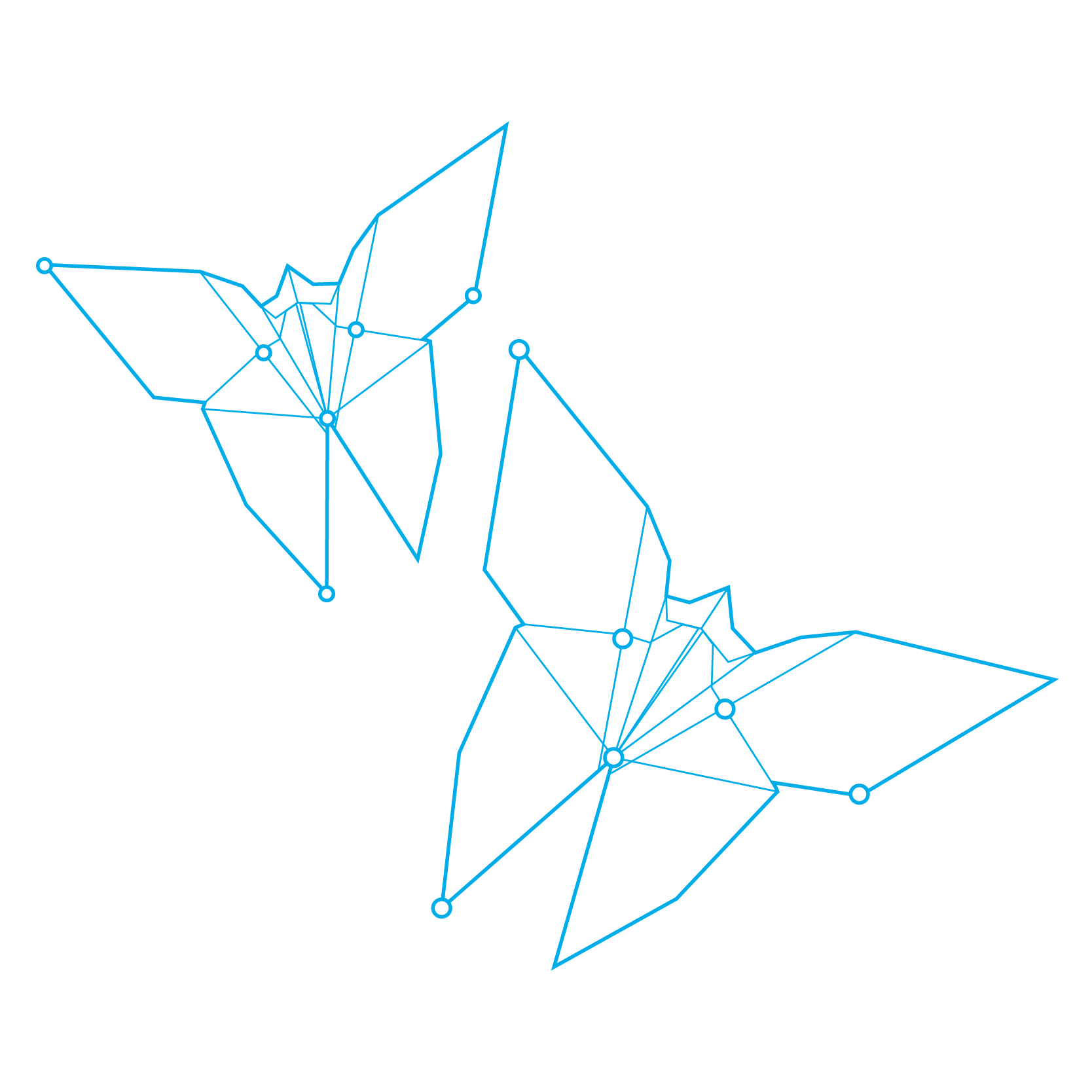Each year we set a theme for Learning at Work Week and provide activity ideas and promotional resources you can use.
The 2024 theme is ‘Learning power’. It explores how lifelong and continual learning gives us power to change, grow and achieve our individual, team and organisational goals.
Your organisation is invited to run Learning at Work Week events and activities on the theme and its three strands. We've shared some ideas to get you started below.
Remember - you can shape and interpret the theme in the best way for your organisation and workplace, so it aligns with your goals and needs. You can also use one of the strands or use your own theme if that works better for you.
Check out our planning resources and inspiration guide for ideas on the different ways you can deliver your activities to engage colleagues and reach your Learning at Work Week objectives – from taster sessions, to workshops, masterclasses, talks, exhibitions and more. If you're new to Learning at Work Week, start here!
Learning power
Power to grow

Learning is the ultimate tool, providing the opportunity and the means to change and enrich our lives through understanding, knowledge and skills, and see the world in a different way.
How can we support inclusive learning at work, so we all have access to learning and the power and opportunities it brings? How can we identify learning that will help us grow, develop and reach our goals? What are the key building blocks which enable us to learn through life? How can we build positive attitudes and mindsets to learning?
Try:
- Engaging ways: Use your planning process for LAW Week, and the week itself, to gain deeper understanding of who accesses learning at work as well as colleagues’ attitudes, barriers and motivations to learning, and their wants and needs. Explore these aspects with people from different levels and different parts of the organisation, especially those colleagues who may have barriers to learning, lower confidence levels or lower skills levels. Use the information to build learning engagement approaches, activities and benefit messages for learning and development including Learning at Work Week.
- Positive tastes: A positive learning experience is a key motivator for further learning. Offer short informal tasters on a range of topics for work and life. Give colleagues a chance to try something new to spark new interests or learn a skill. Think about topics that have benefits for both home and work life and highlight this e.g. digital skills, negotiation skills and time management. Ask colleagues to share and showcase their own skills, interests and talents (see below). Signpost to further learning and resources including internal and external opportunities.
- Power blocks: Support colleagues to brush up and gain skills that are the building blocks for life and work. Offer or signpost colleagues to sessions and resources on numeracy, literacy, language and digital skills, as well as transferable skills such as critical thinking, creativity and problem solving. For colleagues with confidence barriers to numeracy, literacy and language learning, work with learning champions and representatives to provide peer support.
- Making time to learn: If there are colleagues with time barriers to learning, e.g. are time limited or work different hours, try inclusive timetabling and run sessions at different times of the day (and night), so colleagues have opportunities to participate. Brief line managers on Learning at Work Week and the timings so they can support their teams to take part.
- Community assets: Invite people from your local area and community to give talks and tours, share skills and show techniques. Find special interest groups and authors through local libraries and bookshops. See if local businesses such as florists, DIY, cycle shops, gyms, bakeries and garages can provide short sessions e.g. flower arranging, tyre changing, bike maintenance, cake making and decorating. Invite charities to talk about their work. Look at local history walks, and museum tours.
Power to connect

Learning new things together and from each other builds connections - between people, and between ideas and practice. This fosters relationships, innovation, new perspectives and different ways of working.
How can we bring people together to share and learn, especially when more of us work remotely? What can we learn from people, processes and perspectives from outside our normal working and business lives?
Try:
- Innovation hub: Create a space for cross-organisational learning to stimulate ideas and innovation. Run knowledge-exchange sessions with people from external organisations such as researchers or suppliers in your field, or different sectors to understand different approaches to similar issues.
- Experiment buddies: Invite colleagues to jointly identify an issue they wish to address, or a process they would like to improve, e.g. more productive team meetings, less cluttered email in-boxes, clearer communications. Ask them to design time-bound mini-experiments to trial out different approaches to address the issue. Ask colleagues to share their results with each other.
- The power of peers: Tap into the power of sharing and learning as a community. Invite colleagues from all levels of the organisation to share their skills, knowledge and passions. Suggest topics that colleagues might like to learn e.g. languages, creative arts such as photography, painting or sewing, cooking, digital tools and apps, decorating, excel, time management tips, and wellbeing activities. As well as in-person and online sessions, prompt sharing and answering of ‘I’d like to know how to...’ questions on the intranet.
- Question time: Organise a panel session on a burning topic that links to your business’ area. Invite an external speaker or speakers to join internal speakers and make it an open question and answer session.
- What we learned: If you have a significant project or launch where powerful lessons were learned, ask presenters to share the findings to colleagues to build knowledge and promote a learning culture.
Power to engage

As global forces and trends profoundly change and affect our lives and work, learning can help us engage, respond and be resilient.
How can we help people to understand the significant global shifts we are experiencing and what this means? How can we use learning to put changes into perspective and promote positive responses, to help allay anxieties, build confidence and support engagement and action?
Try:
- Mighty megatrends: Run talks and discussions on the significant megatrends – climate change and sustainability; digital transformation and technological disruption; and demographic changes including longer working lives. Explore different aspects and what this means for the future of work, life and business and the impact it may have on your own context.
- Sector insights: Ask internal or external experts to present on the trends in your business sector such as emerging technologies and business practices and what this might mean for the future.
- Powering up sustainability: Create activities that focus on different aspects and understanding of sustainability, from sustainable living to sustainable environments, to sustainable working and organisational practices. Invite colleagues to talk about sustainable practices in the business and promote green skills, jobs and careers.
- Skills and career boosts: Support colleagues to appreciate their current strengths and transferable skills. Offer assessments for people to recognise the skills they have acquired through life as well as work. Show how these can be the basis for further learning and job development. Provide coaching conversations to help colleagues’ take ownership of their development. Promote internal career and learning pathways and programmes such as apprenticeships.
- Promoting wellbeing: There is a positive link between lifelong learning and improved mental health and wellbeing. Provide activities that reflect the different ways people define and value health and wellbeing. Highlight organisational initiatives, resources and support; and signpost to external organisations, tools and information.